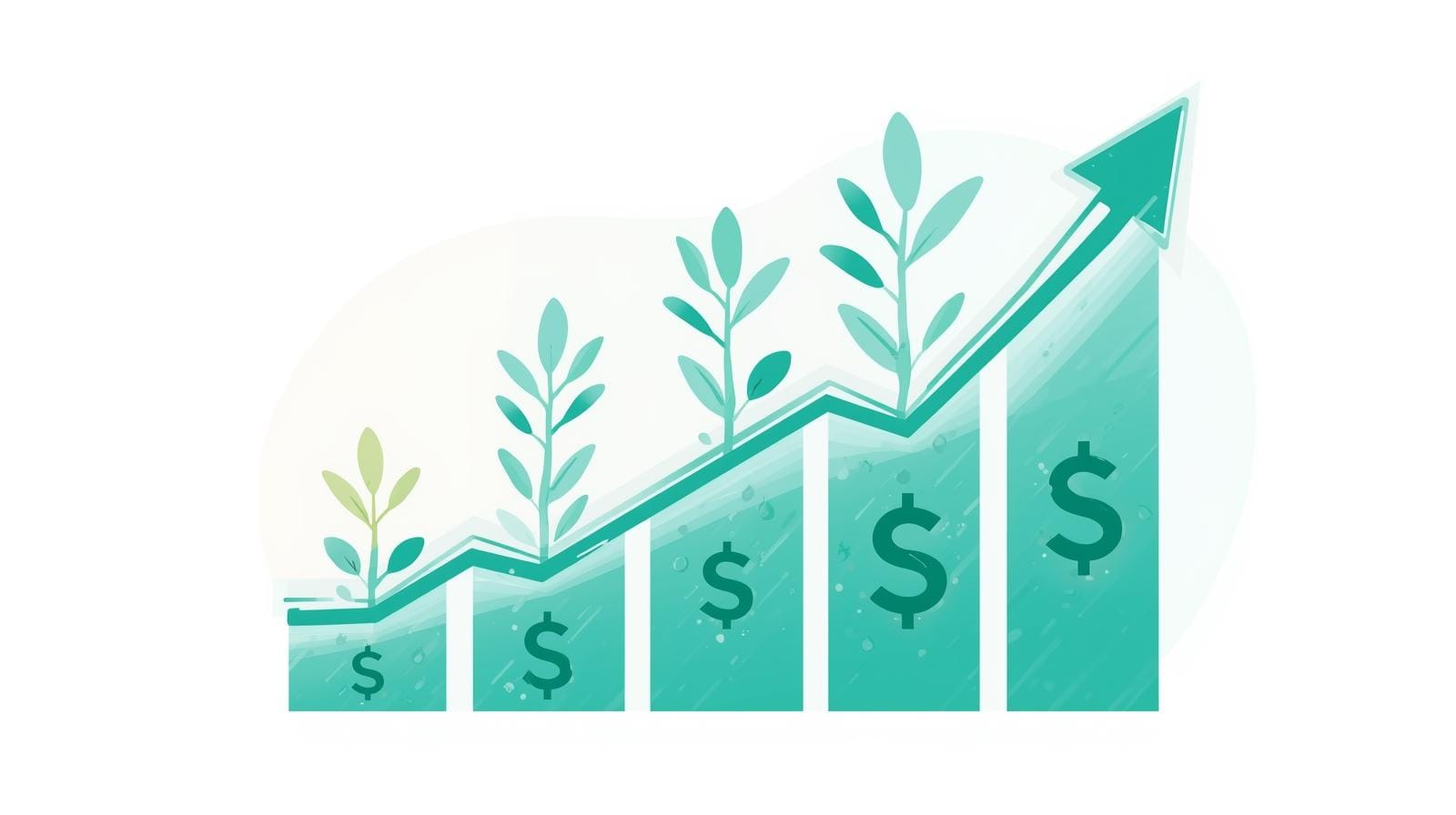All Employees: Government: Federal Government in Alaska
This dataset tracks all employees: government: federal government in alaska over time.
Latest Value
15.50
Year-over-Year Change
0.00%
Date Range
1/1/1990 - 6/1/2025
Summary
This economic trend measures the total number of federal government employees in Alaska. It is an important indicator of public sector employment and economic activity in the state.
Analysis & Context
This economic indicator provides valuable insights into current market conditions and economic trends. The data is updated regularly by the Federal Reserve and represents one of the most reliable sources for economic analysis.
Understanding this metric helps economists, policymakers, and investors make informed decisions about economic conditions and future trends. The interactive chart above allows you to explore historical patterns and identify key trends over time.
About This Dataset
The All Employees: Government: Federal Government in Alaska series tracks the total number of people employed by the federal government in the state of Alaska. This data point provides insight into the size and stability of the public sector workforce, which can have broader implications for Alaska's overall economic performance.
Methodology
The data is collected through surveys of Alaska-based federal government offices and agencies.
Historical Context
Policymakers and analysts use this trend to understand the role of the federal government as an employer in Alaska's economy.
Key Facts
- Alaska has a large federal government presence due to its strategic location.
- Federal employment accounts for a significant portion of Alaska's total nonfarm payrolls.
- Federal jobs in Alaska tend to be more stable than private sector employment.
FAQs
Q: What does this economic trend measure?
A: This trend measures the total number of people employed by the federal government in the state of Alaska.
Q: Why is this trend relevant for users or analysts?
A: This data provides insight into the size and stability of the public sector workforce in Alaska, which can have broader implications for the state's overall economic performance.
Q: How is this data collected or calculated?
A: The data is collected through surveys of Alaska-based federal government offices and agencies.
Q: How is this trend used in economic policy?
A: Policymakers and analysts use this trend to understand the role of the federal government as an employer in Alaska's economy.
Q: Are there update delays or limitations?
A: The data is published on a monthly basis with minimal delays, providing timely insights into federal government employment in Alaska.
Related News

U.S. Treasury Yields Rise After Fed Rate Cut Analysis
Treasury Yields Surge: A Curious Twist in Monetary Policy Amid a surprising financial twist, the current 10 year treasury rate is on the rise even as the Federal Reserve cuts interest rates. This unexpected development has economists scratching their heads, as typically, a cut in the Federal funds rate leads to lower yields. Treasury yields represent the interest rate the government pays bondholders, functioning as a vital signpost for the health of the economy. Generally perceived as one of th

U.S. Treasury yields fall after unexpected PPI decline
Exploring the Impact of Treasury Yields After an Unexpected PPI Decline Treasury yields have seen a noticeable decline following an unforeseen drop in the Producer Price Index (PPI), which signals a shift in economic expectations. Treasury yields, reflecting the return on investment for U.S. government bonds, serve as key indicators of economic health. An unexpected decline in the PPI, a measure of wholesale inflation, has led to immediate implications on these yields. This also puts the spotli

U.S. Stock Futures Stagnant Despite Positive Jobless Claims and GDP
Why US Stock Futures Remain Stagnant Despite Positive Economic Indicators The current investment landscape is puzzling for many as US stock futures struggle to show a definite trend despite favorable economic signals. These signals, such as jobless claims and Q2 GDP figures, suggest a healthy economy. Given the roles of the stock market and the Federal Reserve's decisions on rate hikes, it is surprising to witness this stagnation. Inflation trends and the Fed's signals about future policies pla

U.S. Treasury Yields Increase Amid Strong Economic Growth and Inflation Concerns
Treasury Yields Surge Amid Economic Growth and Inflation Concerns Treasury yields are surging as investors closely monitor the evolving U.S. economic landscape. Recent data 10-year Treasury yield. With economic growth on one side and inflation data on the other, it's essential to unpack these complex dynamics. By analyzing these factors, we gain insights into the Federal Reserve's role in shaping monetary policy and the consequential market implications. The Federal Reserve's policies, market v

US Treasury Yields Increase Before Key Economic Data Release
How Treasury Yields Signal Market Expectations Ahead of Crucial Economic Data Release Treasury yields, often referred to as a barometer for the U.S. economy, signal market participants' expectations about future economic conditions. As we approach the release of critical GDP data and unemployment claims, Treasury yields rise, reflecting the collective anticipation about potential shifts in the economic landscape. These yields are central to shaping expectations about Federal Reserve interest ra

Federal Reserve Faces Challenges In Setting U.S. Interest Rates
The Federal Reserve's Challenge in Interest Rate Decisions Interest rates play a pivotal role in the U.S. economy, impacting everything from the cost of borrowing to the returns on savings. The Federal Reserve, as the nation’s central bank, is responsible for setting these rates to steer monetary policy towards economic stability. In doing so, the Federal Reserve navigates through various economic indicators like inflation, employment rates, and GDP growth, a task made more complex by current e
Similar SMS Trends
3-Month Average Change, Thousands of Persons
SMS78000000500000026
3-Month Average Change, Thousands of Persons, Seasonally Adjusted
SMS11000000500000026
3-Month Average Change, Thousands of Persons, Seasonally Adjusted
SMS11000000000000026
3-Month Average Change, Thousands of Persons, Monthly, Seasonally Adjusted
SMS20000000000000026
3-Month Average Change, Thousands of Persons, Monthly, Seasonally Adjusted
SMS20000000500000026
3-Month Average Change, Thousands of Persons, Monthly, Seasonally Adjusted
SMS09000000500000026
Citation
U.S. Federal Reserve, All Employees: Government: Federal Government in Alaska (SMS02000009091000001), retrieved from FRED.